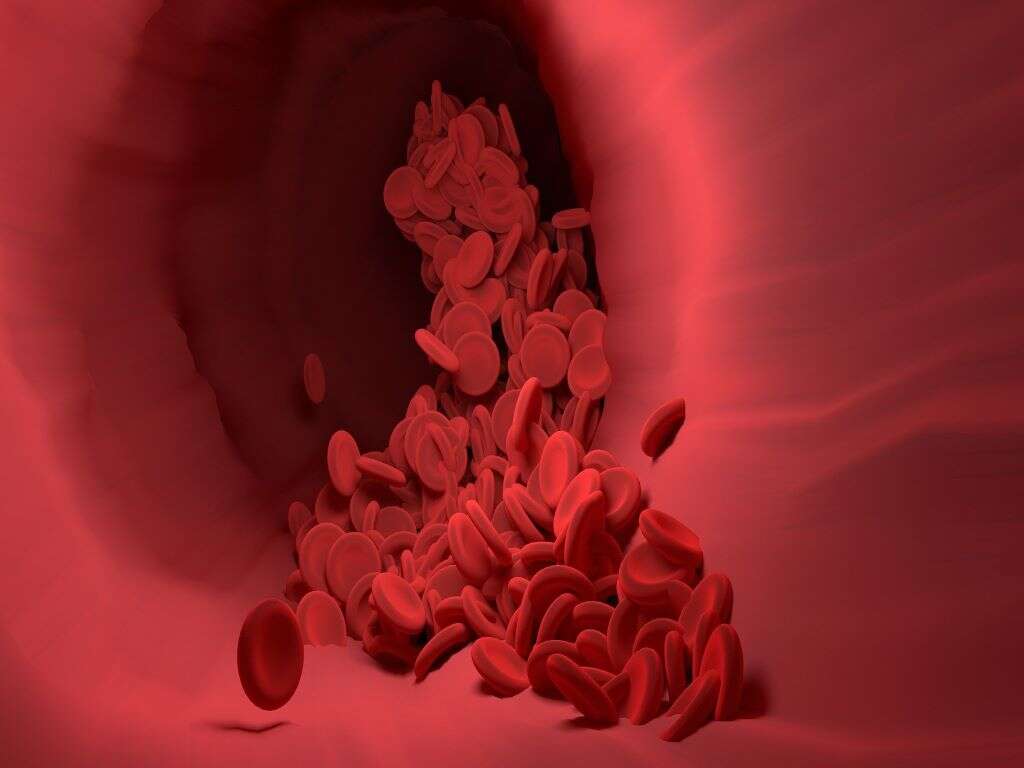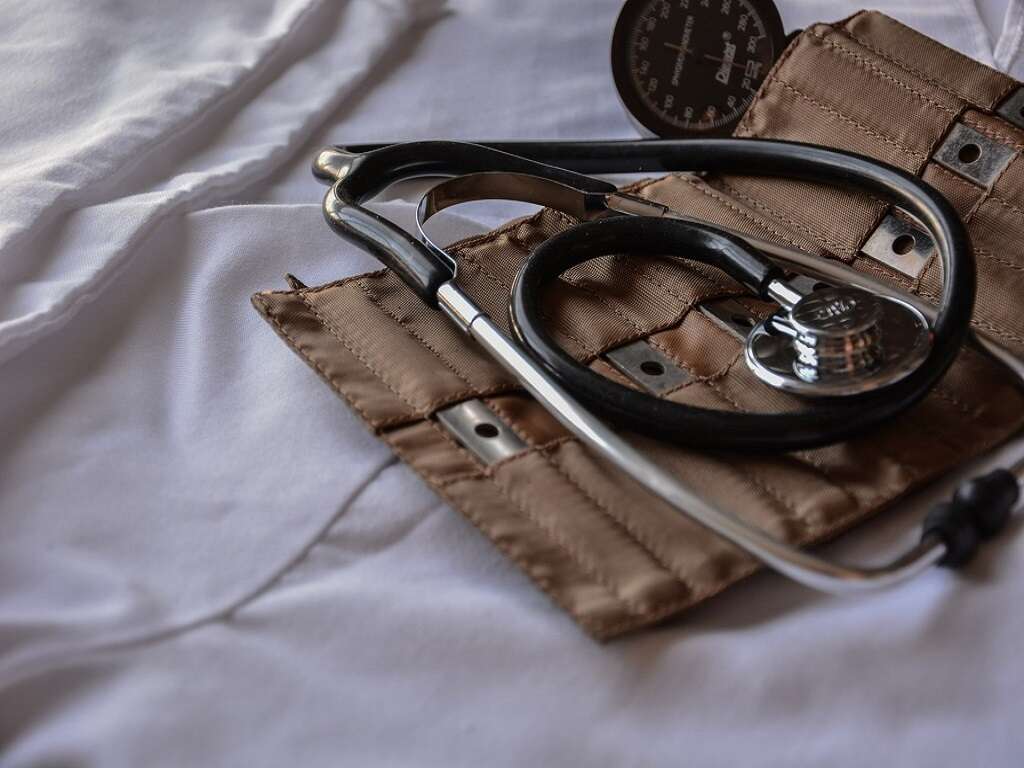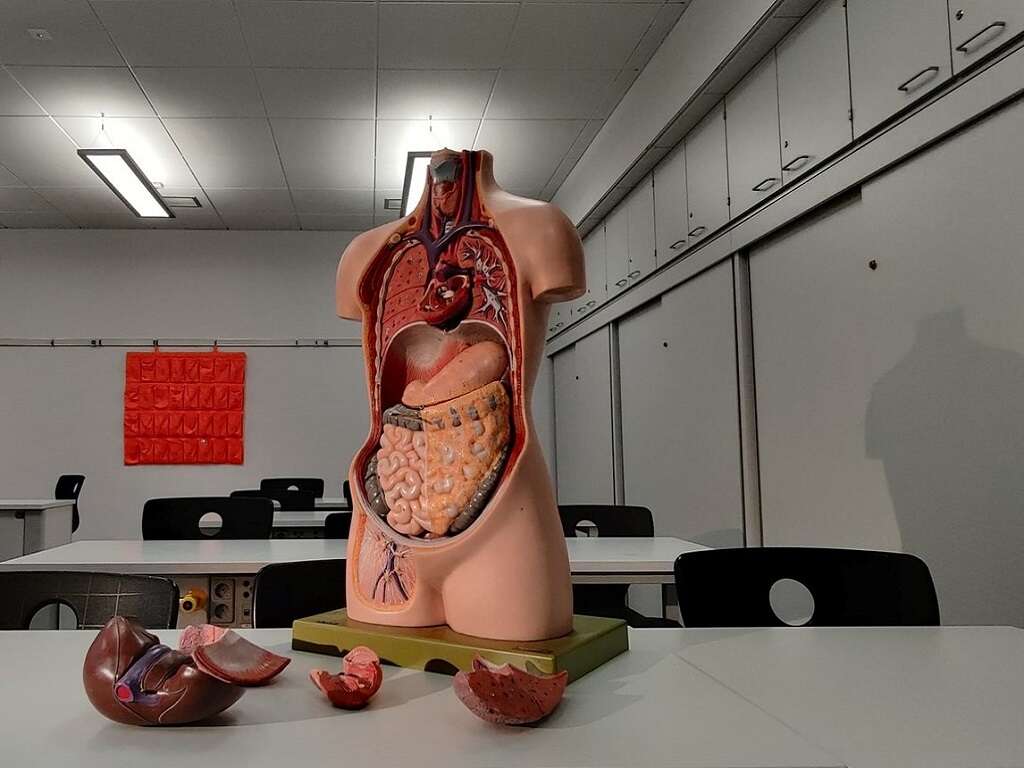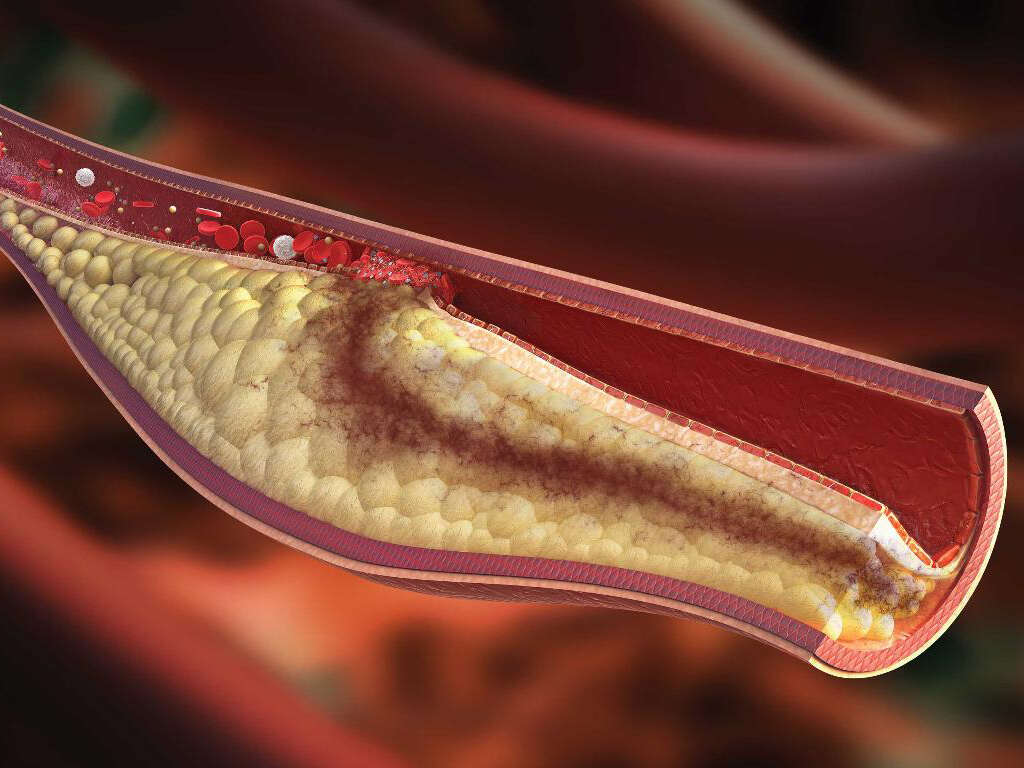What Is Dyslipidemia?
Dyslipidemia is a medical term for abnormal levels of blood lipids. It is closely linked to high cholesterol, but it includes the full range of lipids. Hyperlipidemia refers to levels that are elevated beyond a normal range. On the other hand, when lipid levels are abnormally low it is called hypolipidemia. This condition is much less common.
If you left your last annual physical wondering “what is dyslipidemia and how do I get rid of it?”, you are not alone. Despite its unnerving name, it is a very common condition that can be effectively treated.
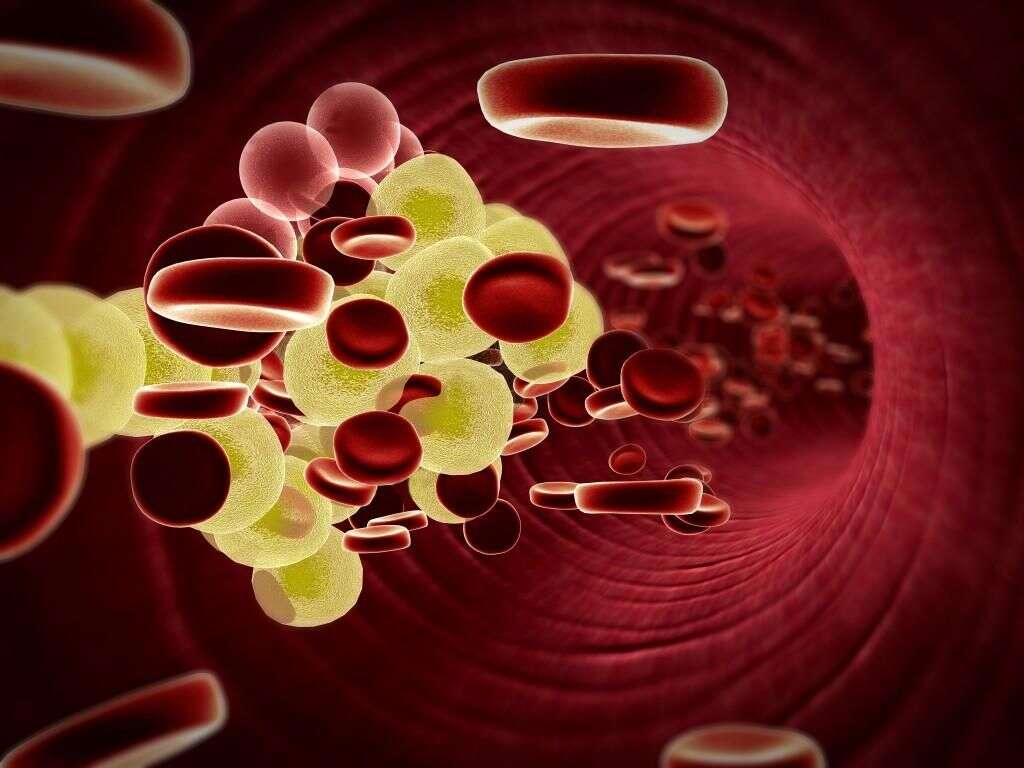
1. What Are the Most Common Types of Dyslipidemia?
There are two main types of dyslipidemia: primary and secondary. The primary condition occurs due to genetics. It may appear at any age regardless of lifestyle behaviors. Because primary dyslipidemia is inherited, it occurs at higher rates within certain families.
Secondary cases are due to external influences. These may be lifestyle behaviors or medical conditions. Elevated lipid levels are very common alongside certain conditions like diabetes, digestive disorder, severe infection and liver disease.

2. What Causes Dyslipidemia?
There are many factors that contribute to dyslipidemia. Certain behaviors and lifestyle choices can be causative. The most common of those are smoking, a lack of exercise and an unhealthy diet.
Genetics also play a role in its development. In cases of primary dyslipidemia, people are unable to properly produce lipids or regulate fat levels within their bodies. This can produce both abnormally high and low lipid levels.

3. What Is the Difference Between LDL and HDL Cholesterol?
There are two main components to the cholesterol in your blood: high-density lipoproteins (HDL) and low-density lipoproteins (LDL). Many people refer to HDL as the good form of cholesterol and LDL as the bad one.
HDL helps regulate overall lipid levels. It transports cholesterol to your liver where it can be expelled from the body. That means there is less left within your arteries.
On the other hand, LDL deposits cholesterol in your arteries where it can lead to plaque buildup. Hardening of arteries, oxygen deprivation and blood clots, possibly leading to a stroke or heart attack, are commonly caused by plaque accumulations.
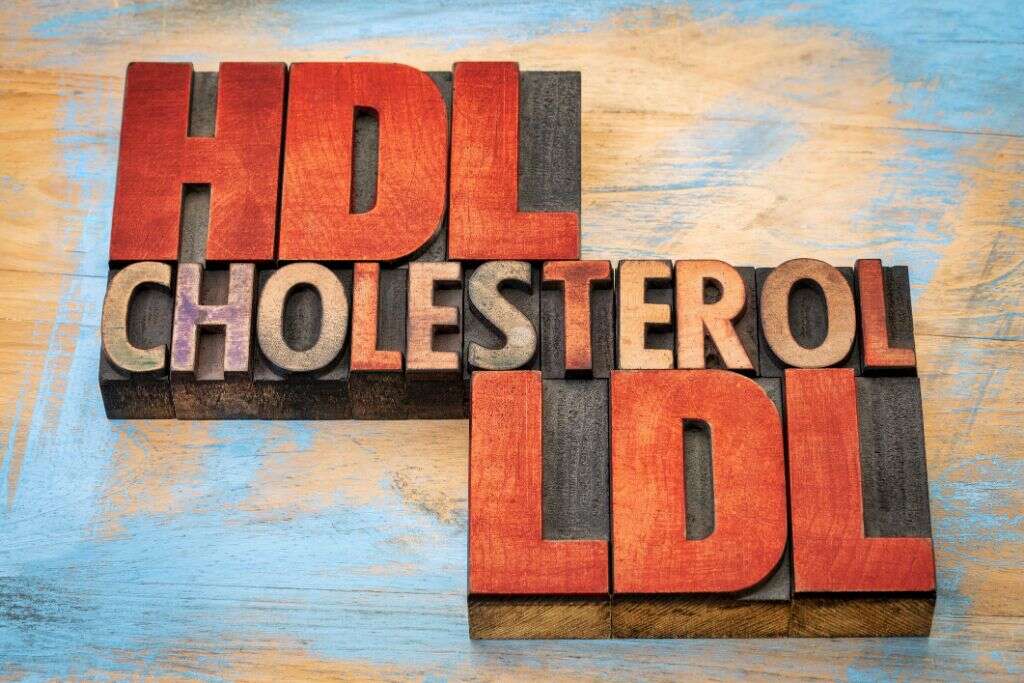
4. What Are Triglycerides?
The most common type of dyslipidemia is hyperlipidemia. For many people, that means hypercholesterolemia, or high cholesterol. However, that isn’t the only fat that can be elevated. Many people also have elevated levels of triglycerides.
Triglycerides are a type of fat found in the blood. They are used to store calories within the body, which are then used as they are needed to produce energy. Levels can be raised due to certain medications or excessive consumption of high-carbohydrate foods. High triglyceride levels are also associated with medical conditions like metabolic syndrome, diabetes and some thyroid disorders.

5. Are Some People More Likely to Develop Dyslipidemia Than Others?
Abnormal blood lipid levels can be hereditary, in which case people with a family history of the disorder will be at an increased risk. This is especially true of primary dyslipidemia, which is caused by genetics.
Individuals with sedentary lifestyles and poor diets are also at greater risk. People who are obese have a greater chance than those with lower BMIs. Advancing age can contribute to the development of abnormal cholesterol levels. Post-menopausal women are at a greater risk for developing high blood lipid levels than men.
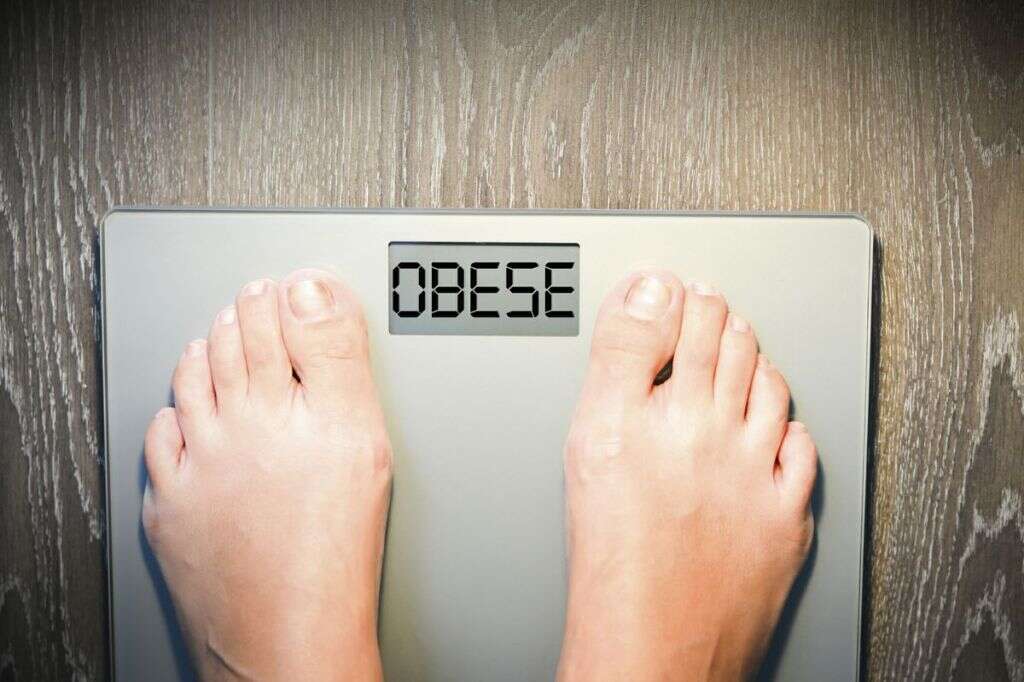
6. How Can I Prevent Dyslipidemia?
Dyslipidemia cannot always be prevented, but you can take action to reduce your chances of developing it. Eating a healthy and balanced diet that is low in saturated and trans fats can help. Increasing fiber content by consuming fresh fruits and vegetables also appears to help lower the risk of heart disease.
Try to exercise at least three days each week. Aim for at least 45 minutes at each session, even if you have to build up to that threshold. If you are a smoker, quitting can greatly reduce your chances of developing heart disease, including dyslipidemia.

7. How Is Dyslipidemia Diagnosed?
There often are no clear symptoms that accompany dyslipidemia, so diagnosis can often be delayed. However, the sooner you know about elevated lipid levels the sooner you can work to manage them. An early diagnosis may prevent lasting damage to your arteries and heart and may even reduce the risk of stroke. The only way to test for abnormal lipid levels is through bloodwork.
That is why it is so important to have an annual physical that includes blood work. A fasting lipid panel is the best way to establish accurate levels. You will generally be asked to avoid eating or drinking anything before your labs are completed to minimize dietary impacts. In some cases, it may not be necessary, so always follow the advice of your doctor leading up to tests.
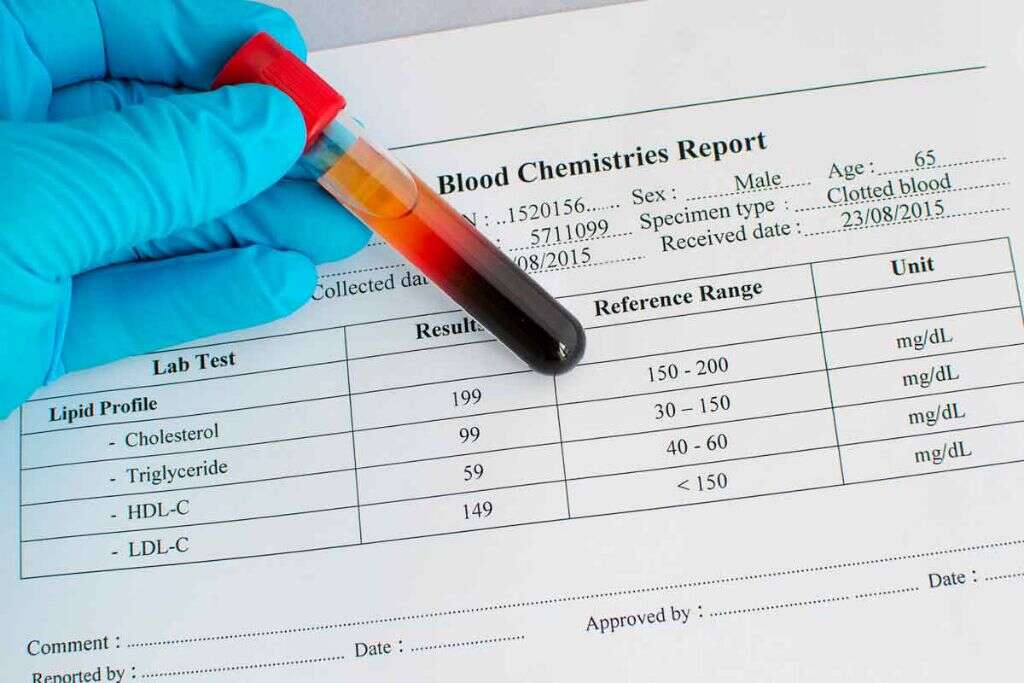
8. How Is Dyslipidemia Treated?
There are several effective medications used to treat this condition. Some, like omega-3 and other vitamin or fiber supplements, are available over the counter. Most will need a prescription from your doctor. The most commonly used medications to treat dyslipidemia are called statins. Bile-acid-binding resins and medicines that inhibit cholesterol absorption are also used.
Medication isn’t the only option for treatment. In many cases, lifestyle and behavioral changes can have a big impact on elevated cholesterol and triglyceride levels.
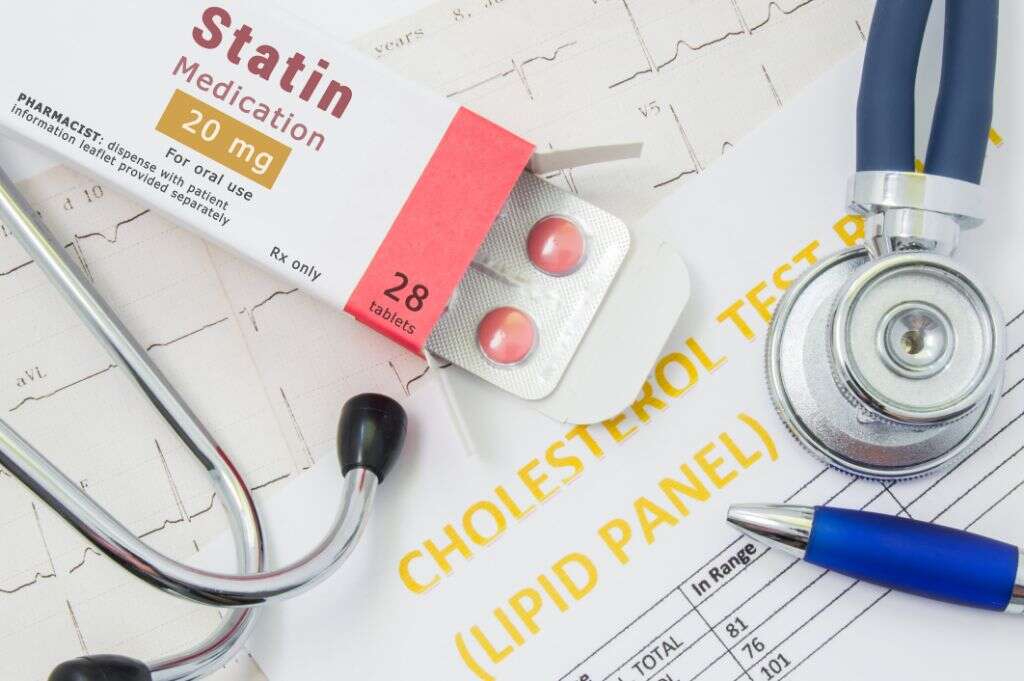
9. What Lifestyle Changes Can Help?
Luckily, lifestyle changes can be an effective tool in preventing and managing dyslipidemia. Exercise should be a part of your regular routine. Try to get moderate or intense activity in on at least three days every week. Examples of effective exercise may include walking, jogging or riding a bike, using cardio equipment at the gym, taking a fitness class or doing yard work. In addition to improving cardiovascular health, exercise can help you maintain a healthy weight, which will assist with lowering elevated lipid levels.
Take a look at your eating habits and see what healthy changes you can implement. Try to boost your intake of healthy fats and omega-3 fatty acids while limiting saturated and trans fats. Learn a few new recipes that focus on healthy and fiber-filled vegetables, fruits and legumes. No matter what changes you make, if you focus on foods you enjoy you will be more likely to stick with them.

10. What Is the Outlook for Dyslipidemia?
Dyslipidemia can usually be managed with medication and lifestyle modifications. If left unchecked, however, it can lead to serious medical complications. The most common of these is heart disease.
You should always follow the advice of your doctor in managing your condition. This includes taking your medication as prescribed. Some people are able to stop taking medication once they achieve healthy blood lipid levels, but careful monitoring is required to ensure they stay in a healthy range.






